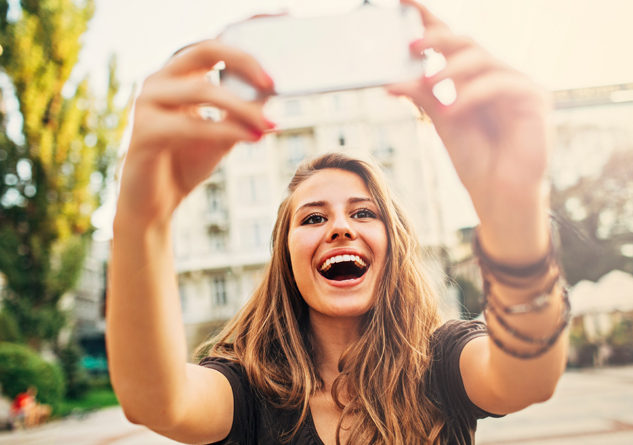StatePoint
The way we communicate and relate to one another is rapidly evolving, and new platforms and applications are constantly feeding that change. At the center of it all is the ability for individuals to create their own video, photo and written content that allows them to express opinions and thoughts in real-time.
It is estimated that while average millennials will take 25,000 selfies in a lifetime, they are replacing the static selfie with self-produced videos to express themselves more fully. Users are taking to multiple platforms — including Instagram, Snapchat and Facebook Live — to share richer details of their everyday lives through streaming video content as a way of cultivating their own personal brand to their followers.
“Millennials are attracted to selfies and mobile videos as a way of sharing their opinions and voices,” says Jarret Streiner, CEO and President of Selfeo, an immersive, interactive video distribution platform that encourages users to engage with one another. “Self-produced video and picture content brings about a whole new form of expression to users.”
Users are offering real-time reactions on a variety of topics from the must-watch series finale to the big game. In this election year, new trends — and controversies — have also emerged. For example, the so-called “selfie-ballot” has become a popular way to celebrate civic engagement — whereby voters post Election Day pictures and videos to their social media accounts; however some states are banning the practice due to general restrictions on photography in the voting booth.
“Video-distribution platforms are taking on a growing relevance in the lives of individuals, because they provide an alternative platform to mainstream media. Society is dealing with the resulting changes,” says Streiner.
Brands too are getting in on the trend, using social media platforms to connect with consumers via mobile video. While only 24 percent of national brands are now using online video to market to consumers, according to Kantar Media, that percentage will likely grow.
“Brands’ mobile video is taking a central role in influencing our purchasing decisions,” says Streiner.
With these types of social media capabilities so readily available to consumers, and a growing number of people looking for active engagement with one another on the hot topics of the day, experts say that mobile video and selfies are here to stay.





